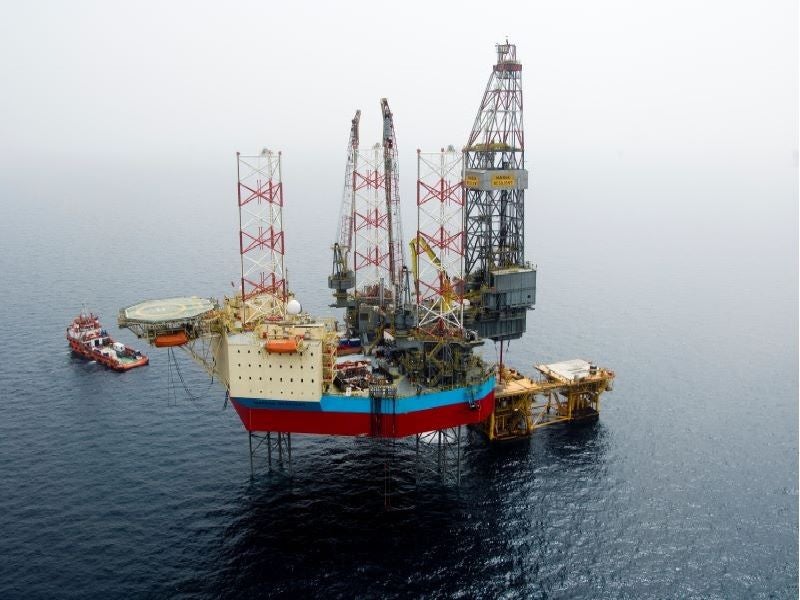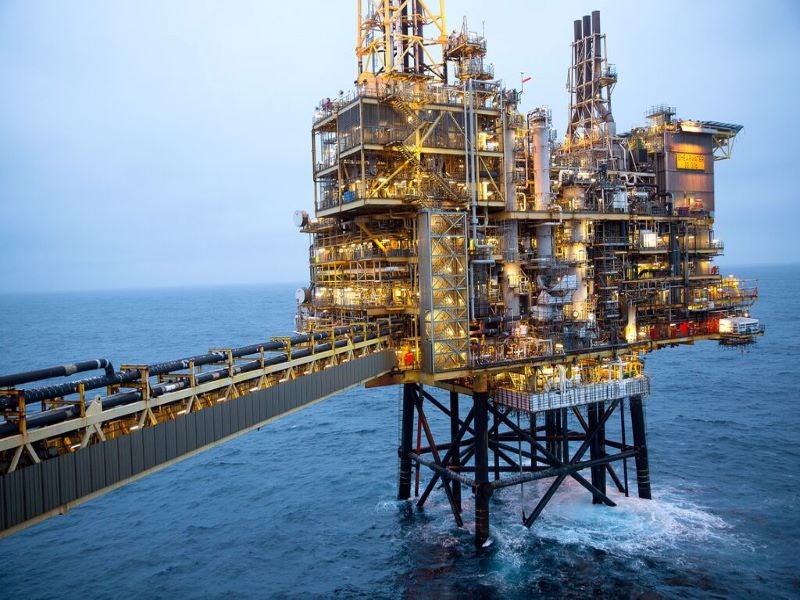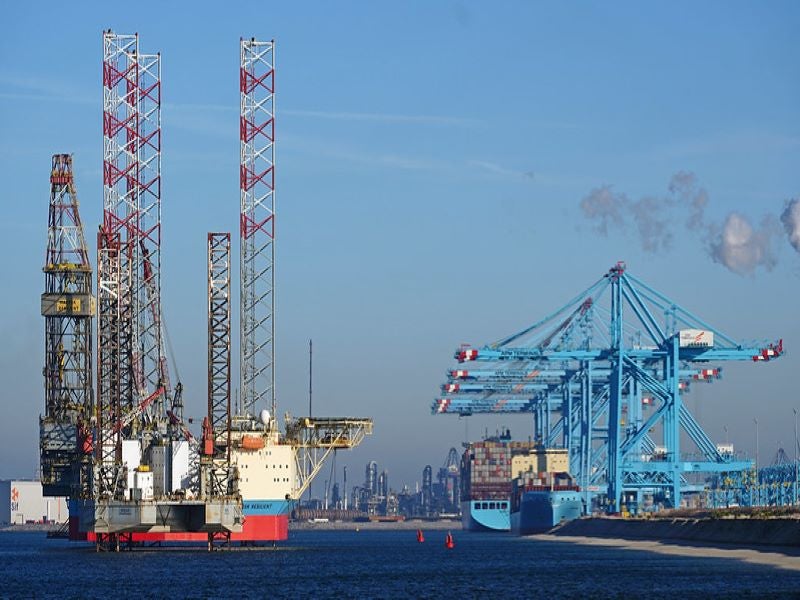The Columbus gas and condensate field located in the central North Sea, UK is expected to start production in the fourth quarter of 2021.
Serica Energy is the operator and holds a 50% interest in the project, while the other development partners are Tailwind Mistral (25%) and Waldorf Production (25%).
The Columbus field was discovered immediately north of the Lomond field in November 2006 and was subsequently appraised by four wells. The field development plan (FDP) was submitted to the UK Oil and Gas Authority (OGA) in June 2018 and the same was approved by OGA in October 2018.
Tailwind Energy picked up a 25% interest in the Columbus field development through the acquisition of EOG’s UK business in November 2018, while Waldorf Production became another 25% stakeholder in the project by acquiring Endeavour Energy UK in October 2019.
Location and reservoir details
The Columbus gas and condensate development is located in Block 23/16f and Block 23/21a Columbus Subarea in the central North Sea, UK.
The project is situated in 80-90m-deep waters in the Eastern Central Graben, approximately 230km east of Aberdeen, UK.
The Columbus field development partners acquired the Block 23/21a Columbus Subarea, which is situated south of Block 23/16f as an extension to the Columbus field, from BG International and SSE E&P UK in 2015.
The production licenses for Block 23/16f and Block 23/21a Columbus Subarea are P1314 and P101 respectively.
The Columbus gas and condensate development is based on the sandstone reservoirs of the Palaeocene Forties formation.
The offshore field is estimated to a gross undeveloped 2P reserves of more than 14 million barrels of oil equivalent (Mboe).
Columbus field development plan
The initial field development plan involves a single horizontal subsea well, 23/16f-CDev1, tied-in to the Arran-Shearwater pipeline through a subsea manifold. The Arran-Shearwater pipeline is tied-back to the Shearwater platform.
The well stream from the Columbus development will be processed at the Shell UK-operated Shearwater platform where gas and liquids will be separated and transported onshore.
The gas will be transported by the SEGAL line to St Fergus, Scotland, while liquids will be exported via the Forties Pipeline System to Cruden Bay, Scotland.
The Shearwater facility is a normally manned, integrated process, utilities, and quarters platform located approximately 35km southwest of the Columbus development, while Arran development is situated approximately 14km north of the Columbus field.
The drilling of the Columbus subsea production well was started in March 2021 with completion expected in the second quarter of the year. The measured depth (MD) of the well is expected to be 17,600ft that includes a horizontal section of approximately 5,600ft.
The subsea well is expected to produce approximately 7,000 barrels of oil equivalent a day (boed), with natural gas accounting for more than 4,900boe.
Contracts awarded
Maersk Drilling was awarded a £6.2mn ($8mn) contract to drill a subsea development well for the Columbus development in October 2019. It started drilling with the use of Maersk Resilient jack-up rig in March 2021.
Schlumberger Oilfield UK bagged contracts to provide drilling fluids and engineering services, subsea landing string and services, as well as directional measurement-while-drilling and logging-while-drilling services.
Weatherford UK provides wash pipe and filtration services, fishing services, and tubular running services, while Expro North Sea provides well site chemistry and well test services.





